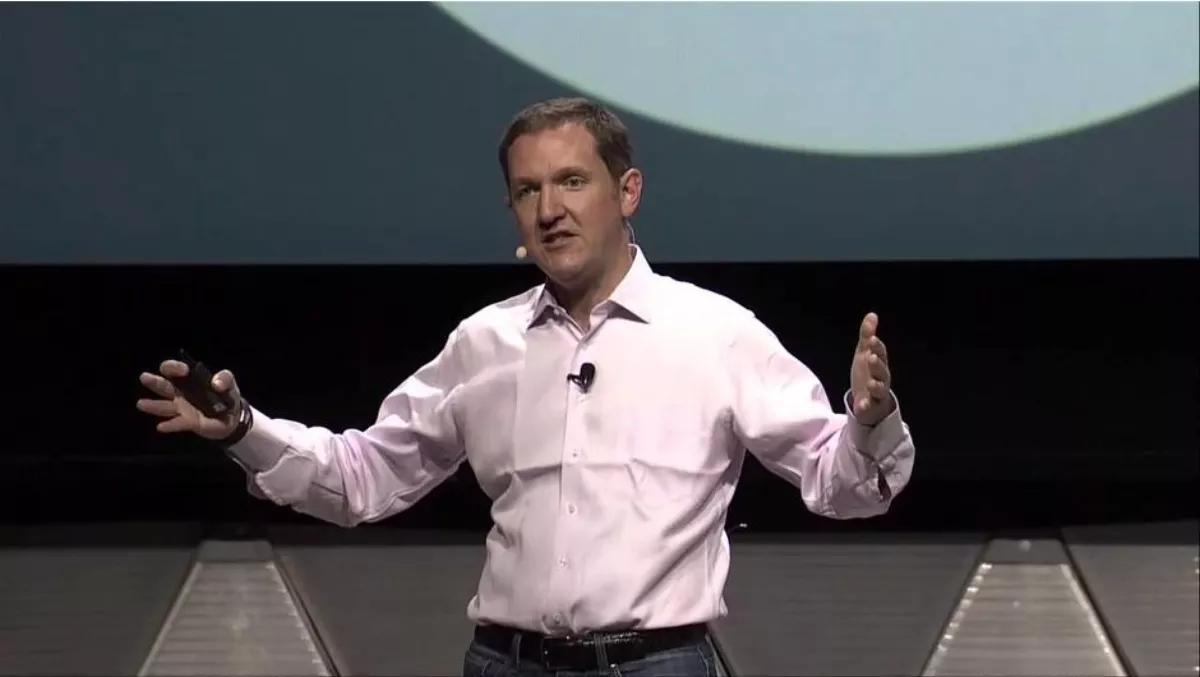
Red Hat CEO still says ‘planning is dead’ for enterprise IT, but here’s what you can do about it
At last years Red Hat Summit event in Boston, Massachusetts Red Hat CEO Jim Whitehurst somewhat controversially proclaimed that the idea of implementing structured business planning for the modern day enterprise simply doesn't work.
In other words, he said 'planning, as we know it, is dead' for the enterprise IT space, largely due to the dynamic and unpredictable nature of open source technologies.
However, while Whitehurst's arguments certainly made sense, his keynote left a few people scratching their heads about what they can do as a result to ensure that they're keeping up with the fast-moving pace of business IT.
At this year's keynote for Summit, Whitehurst took the opportunity to clarify his comments, while providing advice on how businesses can help foster innovative practices going forward.
"The idea that you're going to be able to plan for success and build to it is really being replaced by a more bottom-up, participatory approach," Whitehurst said.
"When I was talking about planning being dead last year, I was talking about planning writ large. If you think about the way traditional organisations work to solve problems and ultimately execute you start off planning and working out where you'd like to get to in X years.
"In a traditional world, this was easy… but you have to recognise that in a certain volatile world, where you can be blindsided by orthogonal competitors looking to 'uberise', you can't plan or know what the future is.
Whitehurst said that while this was true, there are ways to augment the traditional model to be successful, even bearing the ambiguity of the sphere.
Notably, he said that planning can ultimately be replaced by configuring your organisation to be responsive to change.
"You can configure for a constant rate of change without necessarily having to know what that change is," he said.
"The idea of prescription and laying out the activities people need to perform to accomplish certain goals can be replaced by a greater degree of enablement, so the idea of how to enable people with the knowledge of things that they need to be able to make the right decision.
"Ultimately the idea of execution via compliance can be replaced by a greater level of engagement of people across the organisations to be able to react at a faster speed to the changes that happen.
Whitehurst says that over the past year, Red Hat has seen a lot of organisations taking a unique approach to alleviating this issue, with the best ones building modularity into the structures themselves. Essentially instilling the idea that 'change is going to going to happen' within their technology architectures.
He also said that open source provided a capacity for using flexible systems to help enterprises enable its people with the right technologies and tools they need to make decisions on the spot.

